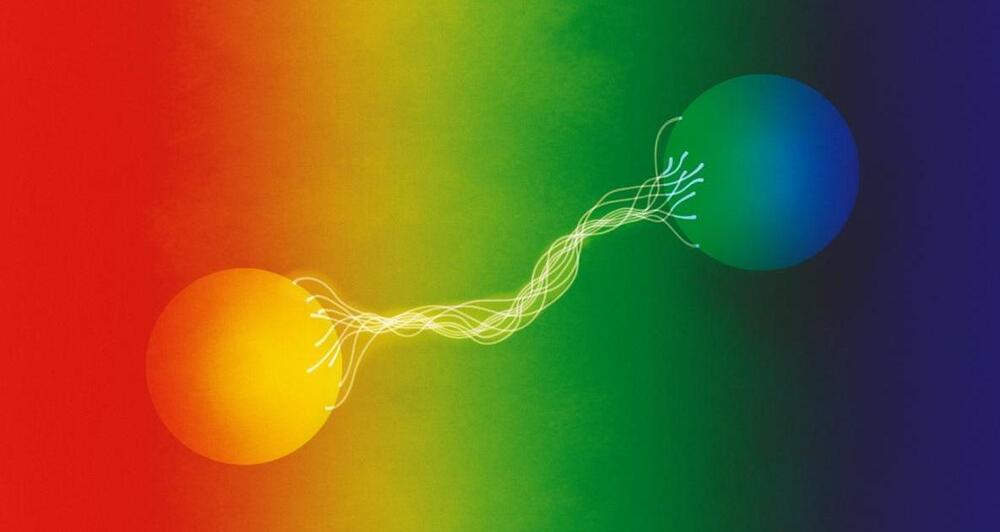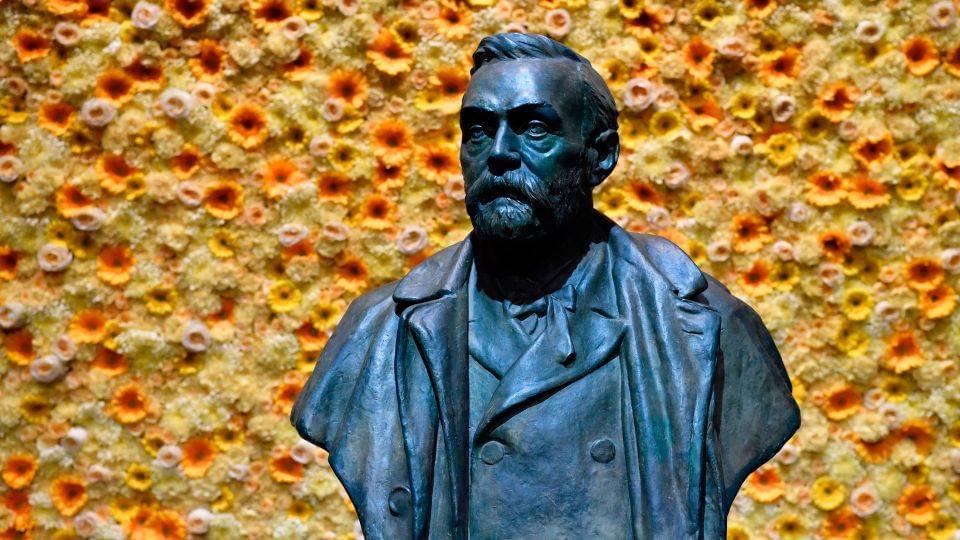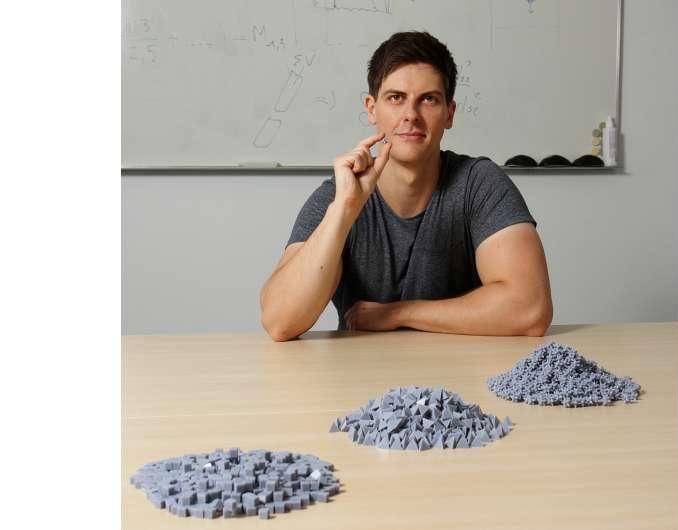They say that nobody understands quantum mechanics. But thanks to these three pioneers in quantum entanglement, perhaps we do.








A new study from the Garvan Institute of Medical Research shows how rises in core body temperature may trigger the inflammatory flares in people with a rare genetic autoinflammatory disease.
The recessive disorder, called mevalonate kinase deficiency (MKD), is caused by mutations in the gene for mevalonate kinase, an essential enzyme present in all cells in the body. Lack of this enzyme leads to a build-up of abnormal proteins, which causes cells of the immune system to malfunction and trigger inflammation.
The condition usually appears in early childhood, and patients experience regular episodes of high fever and skin rashes, ulcers, swollen lymph nodes and abdominal pain. Very severe disease also causes neurological and developmental problems and can be fatal.
Tesla’s AI Day 2022 was mainly a recruiting event, according to CEO Elon Musk.
